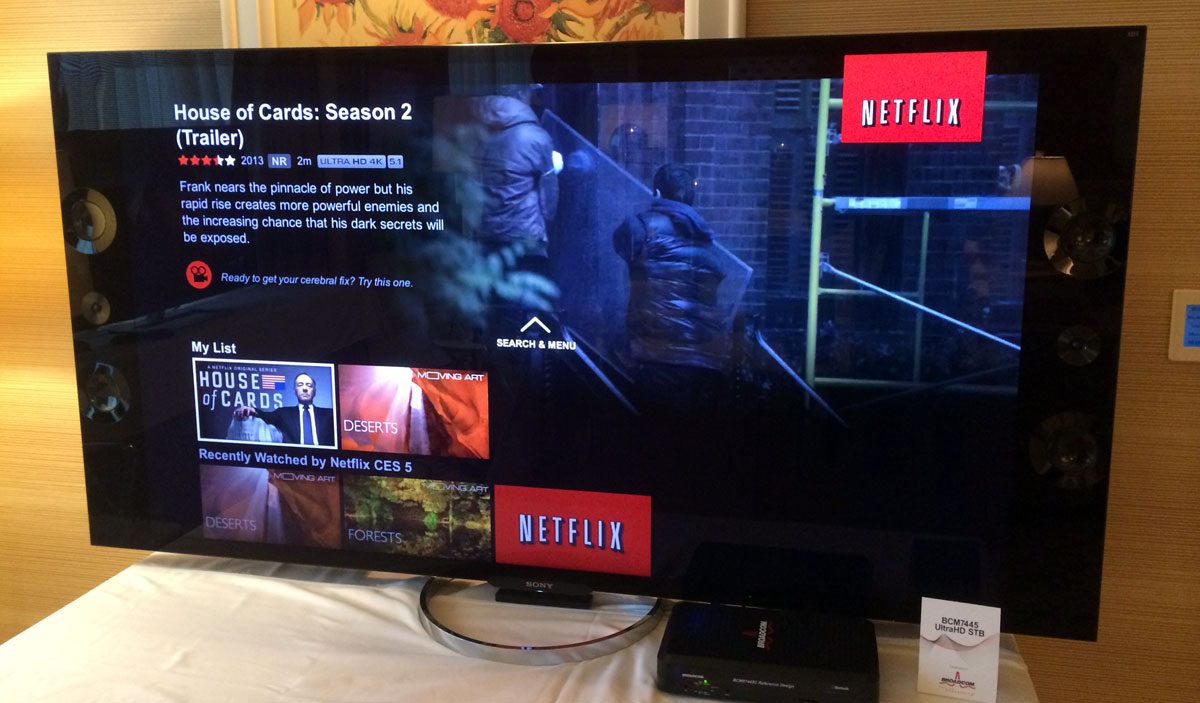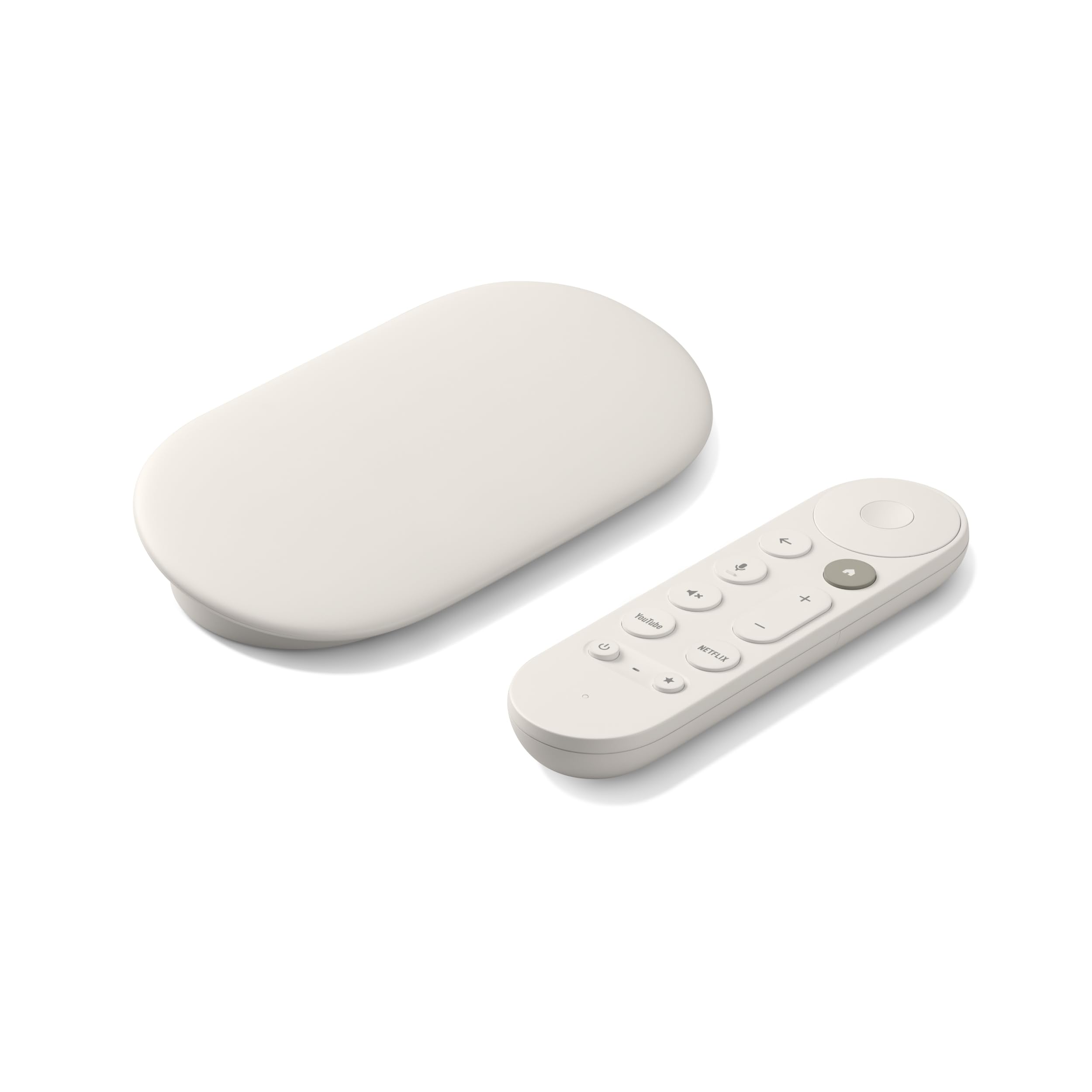Streaming 4K content on your TV offers stunning visuals and a rich viewing experience. But how can you achieve this at home?
This guide will walk you through the steps to enjoy high-quality 4K content on your TV. 4K content has become the gold standard for home entertainment, offering four times the resolution of Full HD. With clearer images and vibrant colors, it’s no wonder everyone wants to stream in 4K.
But streaming 4K content requires the right equipment and settings. From ensuring your TV supports 4K resolution to having a fast internet connection, several factors come into play. This guide will help you understand what you need and how to set it up, making your viewing experience as seamless as possible. Let’s dive in and explore how to bring the cinema-quality 4K experience to your living room.

Credit: www.reddit.com
Choosing The Right Tv
A 4K TV has four times the pixels of an HD TV. This means crisper and clearer images. Look for HDR support. HDR offers better colors and contrast. Smart TVs connect to the internet. This makes streaming easy. Check if the TV has HDMI 2.0 ports. These support 4K at 60 frames per second. Refresh rate matters too. 60Hz is good but 120Hz is better for action scenes.
| Brand | Popular Model |
|---|---|
| Samsung | QLED Q60T |
| LG | OLED CX |
| Sony | Bravia X900H |
| TCL | 6-Series |

Credit: www.flatpanelshd.com
Internet Speed Requirements
For smooth 4K streaming, you need a fast internet connection. Netflix suggests at least 25 Mbps. Amazon Prime Video also needs 25 Mbps. YouTube requires a bit less, around 20 Mbps. Lower speeds may cause buffering or lower quality.
Check your internet speed before streaming. Use online tools like Speedtest.net. Run the test and see your download speed. If it’s below 25 Mbps, consider upgrading your plan. You can also contact your ISP for help. Fast internet ensures a better viewing experience.
Streaming Device Options
Streaming sticks are small. They plug into your TV’s HDMI port. Examples include Amazon Fire Stick and Roku Stick. They are budget-friendly. Easy to use. Great for streaming 4K. Portable too.
Set-top boxes are larger. They sit next to your TV. Popular ones are Apple TV and Nvidia Shield. They offer more features. Better performance for 4K. They cost more but worth it.
Smart TVs have built-in apps. No need for extra devices. Examples are Samsung Smart TV and LG Smart TV. They support 4K streaming. Convenient and simple. Just connect to Wi-Fi.
Credit: tivoidp.tivo.com
Streaming Services
Many platforms offer 4K streaming. Netflix, Hulu, and Amazon Prime are popular choices. Each platform has a wide range of 4K content. These include movies, series, and documentaries. Disney+ and Apple TV+ also have great 4K options.
| Platform | Plan | Price |
|---|---|---|
| Netflix | Premium | $17.99/month |
| Amazon Prime | Prime Video | $8.99/month |
| Disney+ | Standard | $7.99/month |
| Hulu | No Ads | $11.99/month |
| Apple TV+ | Standard | $4.99/month |
Setting Up Your Streaming Device
First, plug your streaming device into an HDMI port on your TV. Make sure the TV is on the correct HDMI input. Use the remote to navigate. Follow the on-screen prompts.
Navigate to the settings menu on your streaming device. Select “Network” or “Wi-Fi” settings. Choose your Wi-Fi network. Enter your Wi-Fi password. Wait for the device to connect. Ensure the connection is strong.
Optimizing Picture Quality
Adjust your TV’s brightness, contrast, and sharpness settings. These can make a big difference in picture quality. Check the color settings too. Make sure the colors look natural and not too bright.
Use the game mode or movie mode for better picture quality. These modes are often better for 4K content. Turn off the motion smoothing feature. This can make the picture look unnatural.
Set your streaming device to the highest resolution available. This ensures you get the best picture quality. Make sure your internet speed is fast enough. You need at least 25 Mbps for smooth 4K streaming.
Check the HDMI cables. Use high-speed cables designed for 4K. This helps in delivering the best picture quality to your TV. Update your device’s software regularly. New updates can improve streaming quality.
Troubleshooting Common Issues
Buffering can ruin your streaming experience. First, check your internet speed. 4K streaming needs at least 25 Mbps. Use an Ethernet cable for a stable connection. If Wi-Fi, place your router close to the TV. Reduce devices using the internet. Pause the stream and wait for it to load.
Picture quality can drop for various reasons. Ensure your TV supports 4K resolution. Check if the content is in 4K. Adjust your TV settings for better quality. Update your streaming app. A good HDMI cable is essential. Make sure it supports 4K and HDR. If all else fails, restart your TV and router.
Additional Tips And Tricks
Ethernet connections are more stable than Wi-Fi. They provide a direct link to your router. This can help reduce buffering. It ensures smooth playback. Use an Ethernet cable for the best experience. Connect it from your router to your TV. This simple step can improve streaming quality.
Updating your TV’s firmware is crucial. It can fix bugs. It can also improve performance. Check for updates regularly. Go to your TV’s settings menu. Look for the “update” option. Follow the on-screen instructions. This ensures your TV runs the latest software. It helps with streaming 4K content smoothly.
Frequently Asked Questions
What Do I Need To Stream 4k Content?
To stream 4K content, you need a 4K TV, a high-speed internet connection, and a compatible streaming device or app.
Can I Stream 4k Content On Any Tv?
No, you need a 4K TV to stream 4K content. Standard HD or Full HD TVs can’t display 4K resolution.
What Internet Speed Is Required For 4k Streaming?
To stream 4K content smoothly, you need an internet speed of at least 25 Mbps. Faster speeds are recommended for a better experience.
Which Streaming Services Offer 4k Content?
Popular streaming services like Netflix, Amazon Prime Video, Disney+, and YouTube offer a wide range of 4K content for viewers.
Conclusion
Enjoying 4K content on your TV is easier than you think. Follow the steps outlined above for a smooth streaming experience. Ensure your internet speed is sufficient. Use compatible devices and apps. Adjust your TV settings for the best quality.
Happy streaming!
